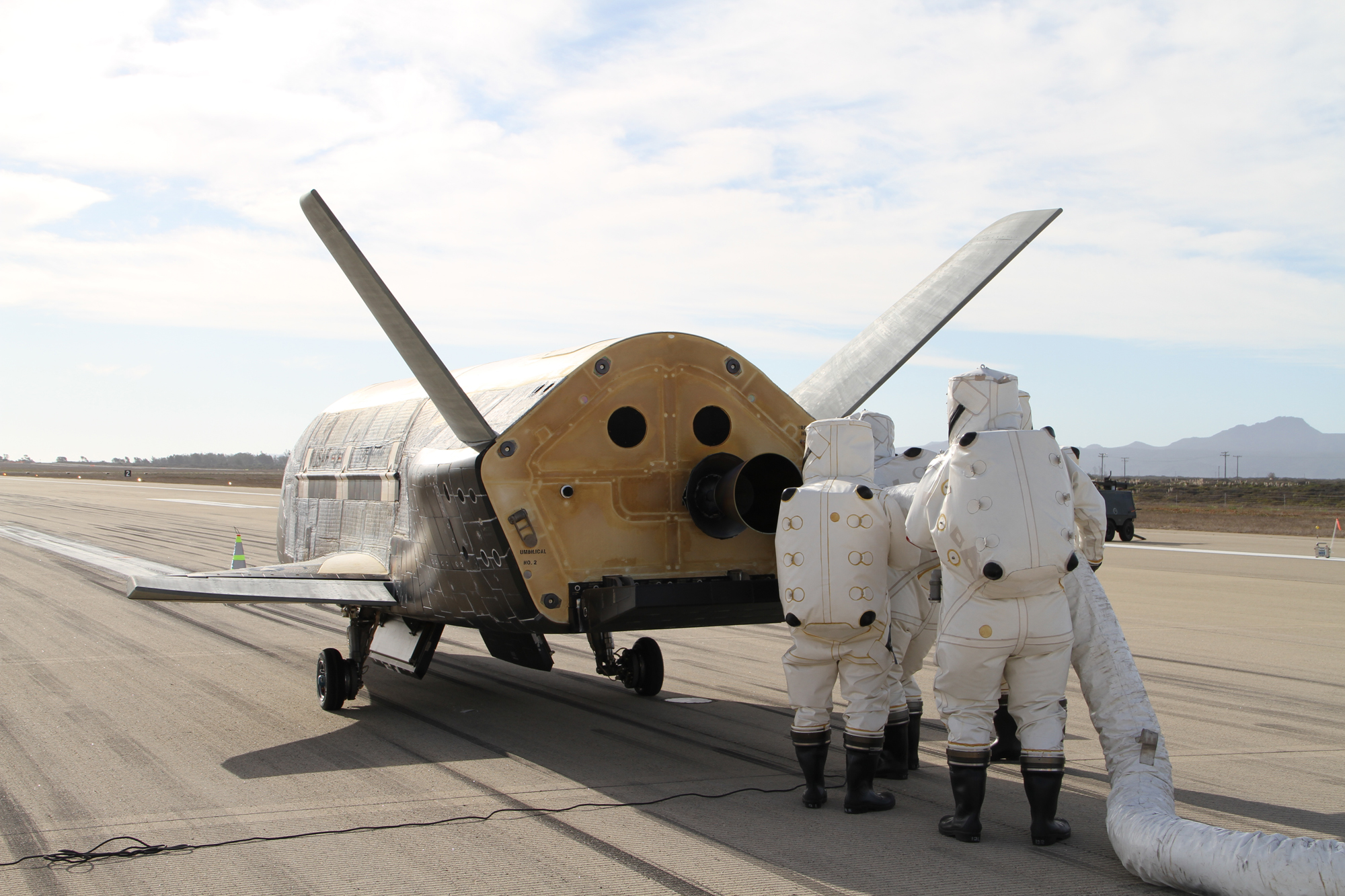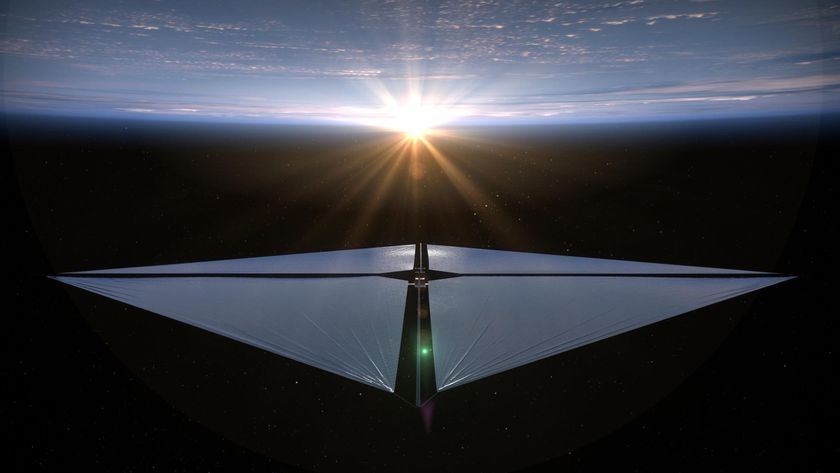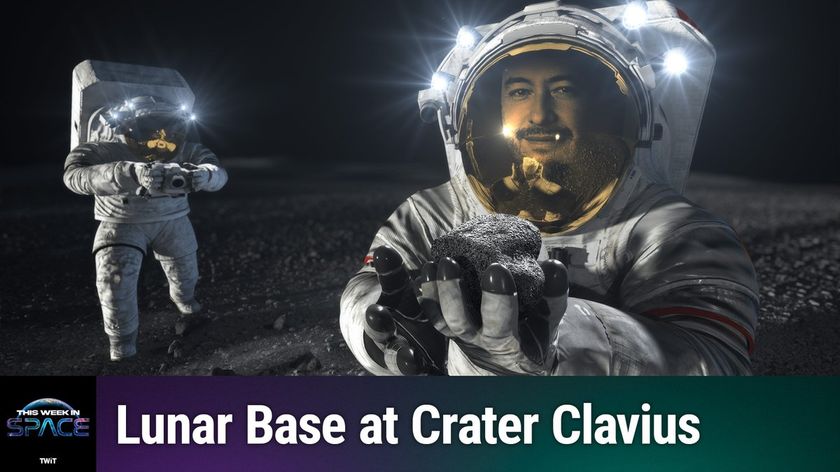No, the US Military's X-37B Space Plane Is Not Prepping for Landing

The U.S. military's X-37B robotic space plane, now nearing two years in orbit, is conducting "a regularly scheduled exercise this week," not preparing for landing as some reports have suggested, the Air Force said today (Feb. 14).
Earlier today, NASASpaceflight.com (an aerospace industry website) reported that the fourth X-37B mission was due to end with a touchdown at Kennedy Space Center's Shuttle Landing Facility as early as 7:48 a.m. EST (1248 GMT).
The landing would have been the first Florida touchdown by an X-37B vehicle; the previous three landings occurred at Vandenberg Air Force Base in California.
However, Air Force officials told Space.com that these reports were inaccurate. "The X-37 is still on-orbit. The program is conducting a regularly scheduled exercise this week," the Air Force wrote in an email.
The Air Force has two X-37B vehicles, which are refurbished and prepared for flight in two of NASA's old space shuttle processing hangars that have been leased by Boeing, the Air Force's main X-37B contractor.
The X-37B presently in orbit blasted off aboard an Atlas V rocket on May 20, 2015.
Details of the program are classified, but the Air Force says the vehicles are used to demonstrate technologies for reliable and reusable uncrewed spacecraft and to operate experiments that can be returned and analyzed on Earth.
Get the Space.com Newsletter
Breaking space news, the latest updates on rocket launches, skywatching events and more!
The program has its roots in a NASA technology development effort that ran from 1999 to 2004 before it was picked up by the U.S. Department of Defense's Defense Advanced Research Projects Agency (DARPA) and later transferred to the Air Force Rapid Capabilities Office.
The first X-37B vehicle made its orbital debut in 2010, circling the planet for 224 days before landing at Vandenberg Air Force Base, blowing a tire in the process.
The second vehicle launched the following March and ended up staying in orbit more than twice as long as its sister ship, touching down in California after 469 days aloft. OTV-3, which launched on Dec. 11, 2012, marked the first re-flight of an X-37B. That mission lasted nearly 675 days.
Follow us @Spacedotcom, Facebook or Google+. Originally published on Space.com.
Join our Space Forums to keep talking space on the latest missions, night sky and more! And if you have a news tip, correction or comment, let us know at: community@space.com.

Irene Klotz is a founding member and long-time contributor to Space.com. She concurrently spent 25 years as a wire service reporter and freelance writer, specializing in space exploration, planetary science, astronomy and the search for life beyond Earth. A graduate of Northwestern University, Irene currently serves as Space Editor for Aviation Week & Space Technology.


